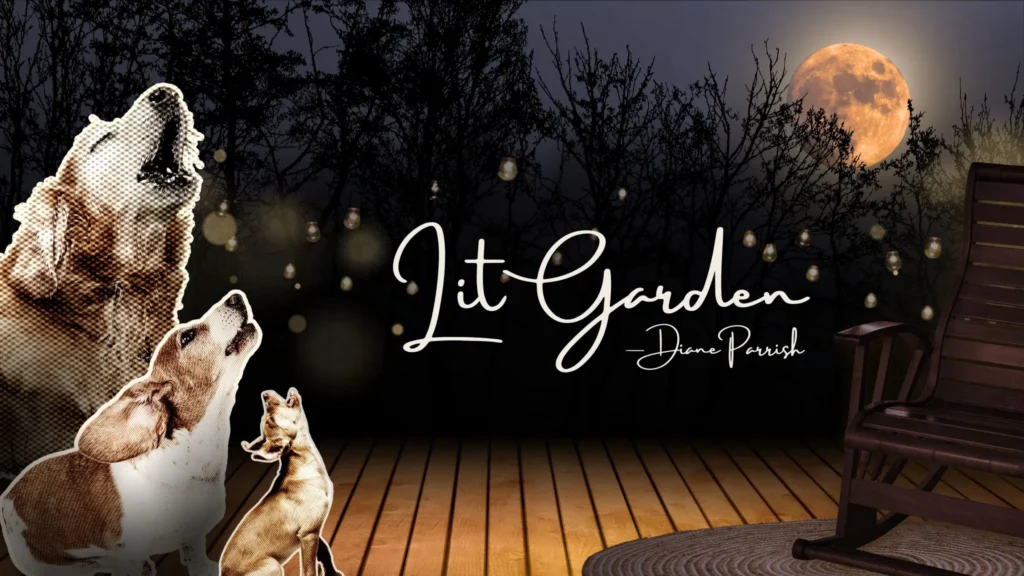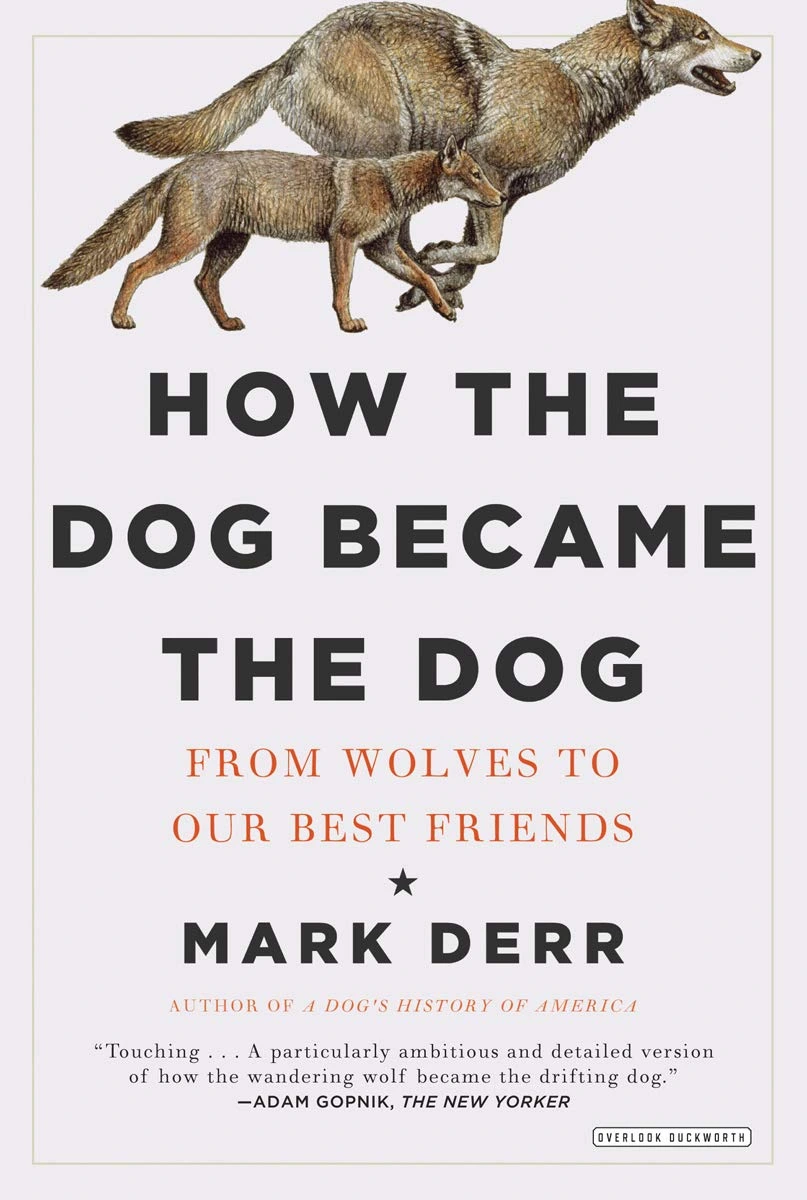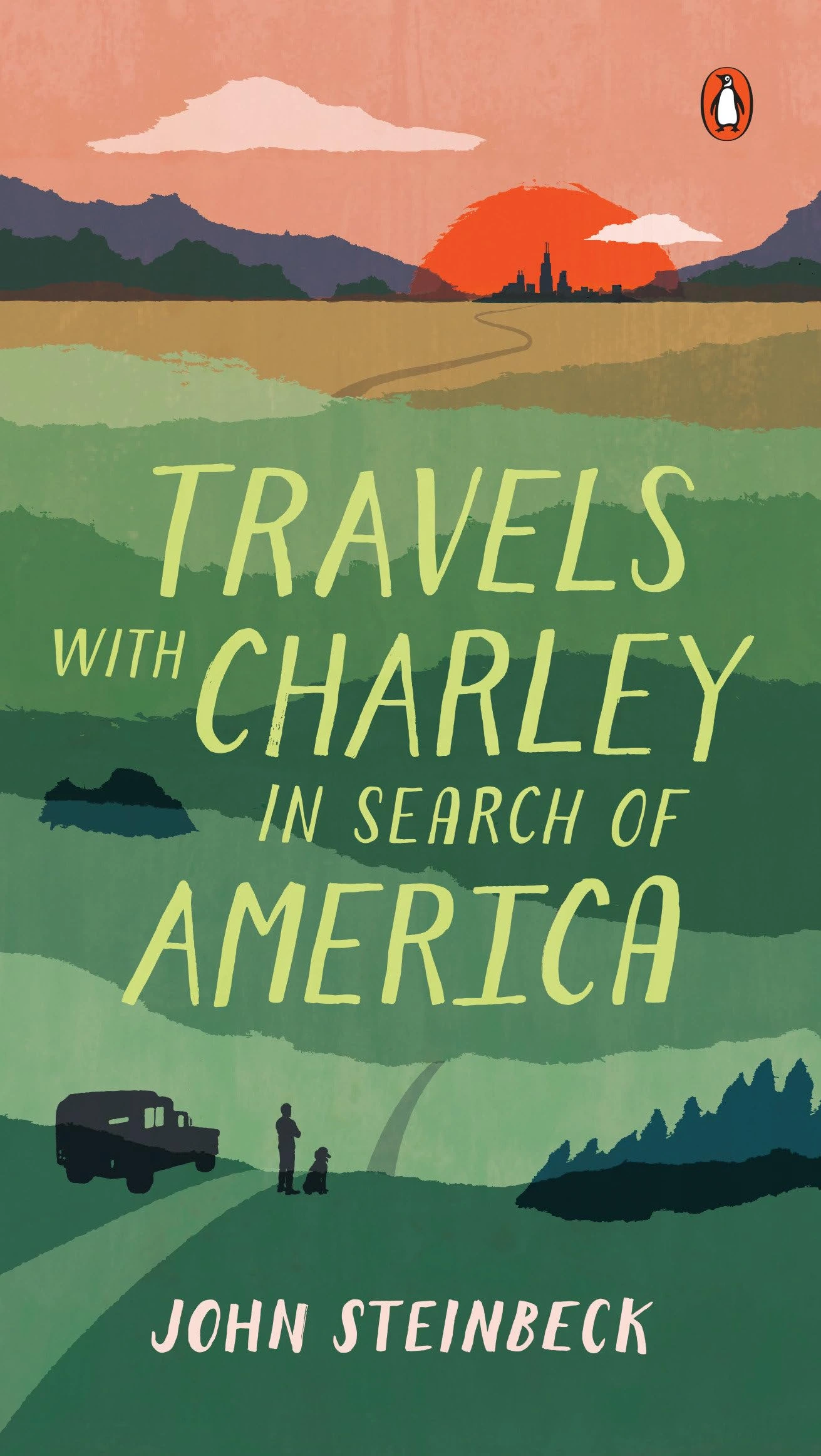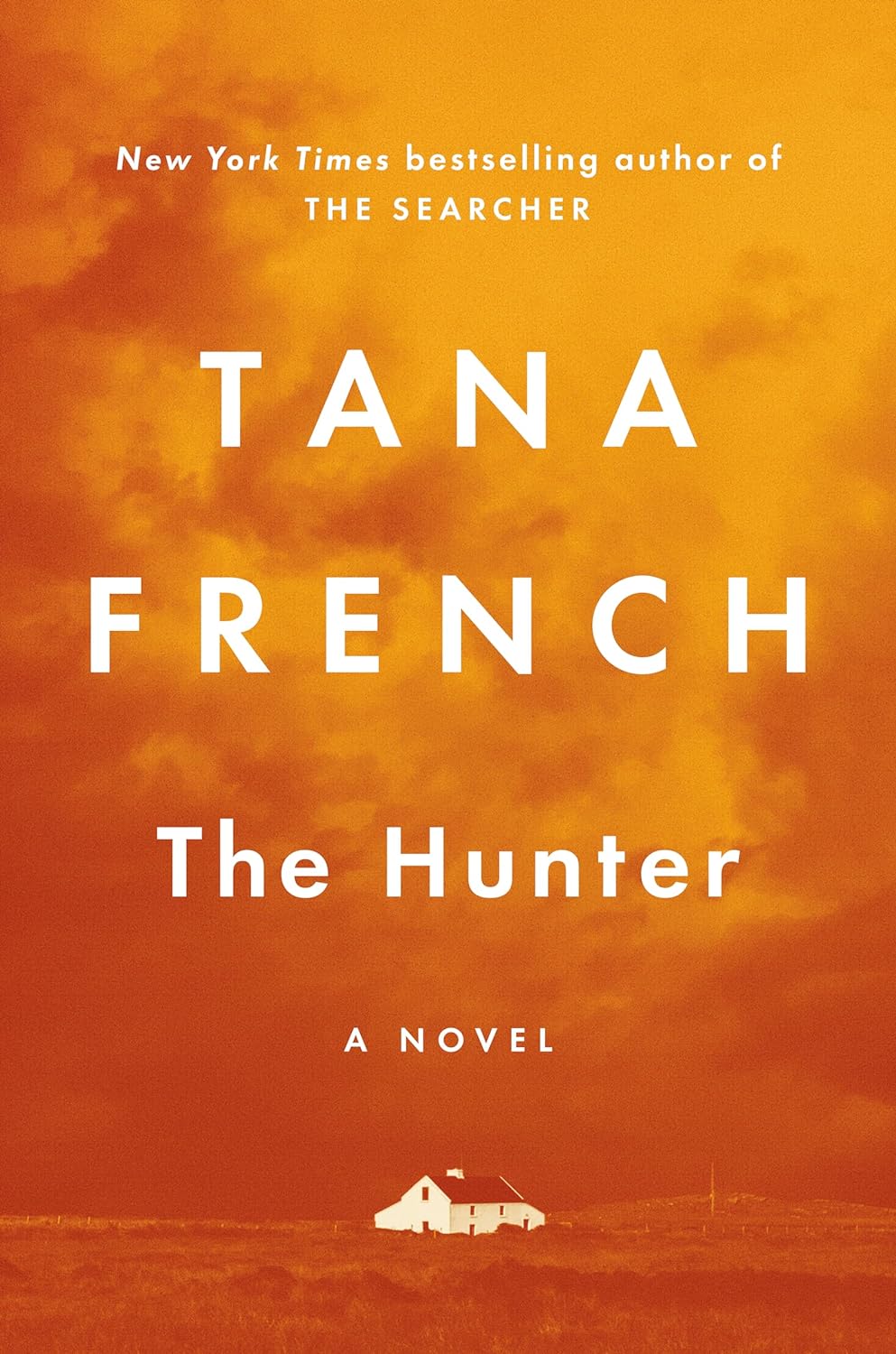Who doesn’t love a story about a good dog? Who doesn’t begin a story about a good dog with trepidation that it will end in tears, ala Old Yeller? In this season of puppies for Christmas and old dogs curled in front of the fire, it might be nice to consider a few books about dogs where the dog survives beyond the last page.
There are, of course, a number of books meant for children that fit the bill: Lassie Come Home, Balto, and a classic in the human-rescues-dog-rescues-human genre, Beautiful Joe. These are worth reading, but there are other books, written for adults, that feature dog characters as part of a broader and deeper story. The list below includes several of them.
The Call of the Wild by Jack London
In one of my few acts of adolescent rebellion I refused to read The Call of the Wild when it was assigned in our sophomore English class. (I’m sorry Mrs. Converse. You were right.) I read the first 20 pages or so and decided I could not withstand the torture of an entire book about a dog being savagely mistreated. I imagined poor Buck being beaten, half-starved and eventually killed trying to please the cruel masters of the various dog sleds he was forced to mush. I was right about some of that. Buck was abused for much of his life.
But, I’d misinterpreted the book’s title to refer to a call for mercy from a trapped animal. Instead it refers to Buck’s supernatural connection to his wolf ancestors and living wolf relatives, audible and psychic calls to claim his kinship. London makes no apologies for Buck’s mystical dreams and waking perceptions of his other self. Buck knows in his canine soul that he is more than a living cog in the wheel of commerce. His forgotten ancestors, “… quickened the old life within him, the old tricks, which they had stamped into the heredity of the breed, were his tricks… And when, on the still cold nights, he pointed his nose at a star and howled long and wolflike, it was his ancestors, dead and dust, pointing nose at star and howling down through the centuries and through him.”
I am chagrined that I did not read this book in high school, but maybe I had to wait to read it as an adult before I could hear even an echo of the call Buck was answering.
How the Dog Became the Dog: From Wolves to Our Best Friends by Mark Derr
Buck’s spiritual connection to his ancestors made me want to know more about those ancestors, so I moved on to How the Dog Became the Dog: From Wolves to Our Best Friends by Mark Derr. This book was packed with facts and theories, which are sometimes hard to tell apart. I got a kick out the author’s pronouncements that other researchers’ theories were unsupported by data, and his theories more likely to be correct, even though they were also unsupported by data. He did convince me, though, of the likelihood that wolves and humans began keeping company as a way for both species to hunt more efficiently. It makes sense that humans could learn from wolf techniques refined to deal with dramatic climate changes cycling into ice ages and out again.
His most compelling tweak of the wolf/dog story is his argument that man didn’t “tame” wolves, nor did wolves tame themselves as some contend. Instead, according to Derr, each species reacted to and influenced the behavior of the other to the mutual benefit of both, “joined together in a dance of co-evolution.” Derr considers our relationship to dogs to be an “evolutionary inevitability” and after reading his book I think he may be right. One factoid struck me because it rings true for our dog. Sharing a thought from W. G. Sebald, the author declares that a dog’s left eye is his domesticated eye, fixed on humans, while his right wild eye, has a little less light and therefore seems alien to us. Can this be true? I wonder. But I have noticed that since our elderly Corgi became blind in his right eye, he is less eager to venture into the darkness alone and more content to stay close by our side.
Travels With Charley: In Search of America by John Steinbeck
John Steinbeck kept his dog Charley close throughout his cross-country exploration of America by way of a modified pick-up truck in his 1962 travel memoir Travels With Charley: In Search of America. The book captures the U.S. in a particular time and place of post-war prosperity that nevertheless is also thick with intense civil rights struggles and yet to come to terms with the mountains of litter surrounding its cities and the pollution fouling its waterways. As Steinbeck said, “I wonder why progress looks so much like destruction.” But Steinbeck doesn’t limit himself to social commentary. He has the boundless curiosity and keen eye for detail that characterize the best writers on all subjects.
He is quite content to be alone, with Charley his only companion much of the time, but also seeks out human company because he wants to learn from the people he meets along the way. With relatively few exceptions, Steinbeck doesn’t pass judgment on the people he meets. He just talks with them, LISTENS to them, and remembers what they said. Charley is one of the great dogs, as my dad used to label them, and of course I loved the dog inordinately. As did Steinbeck. He loved his dog so much that he even looked after Charley’s spiritual well-being, “But from the start I had withheld from him any information about the giant redwoods. It seemed to me that a Long Island poodle who had made his devoirs to Sequoia sempervirens or Sequoia gigantea might be set apart from other dogs–might even be like that Galahad who saw the Grail. The concept is staggering.”
I could quote Steinbeck’s unique and American wisdom all day long, but perhaps my favorite tidbit from the book is this: “From start to finish I found no strangers. If I had, I might be able to report them more objectively. But these are my people and this my country. If I found matters to criticize and to deplore, they were tendencies equally present in myself.” True in 1960, true for us today.
The Hunter by Tana French
In Tana French’s latest, The Hunter, an ex-cop brought his American tendencies with him when he moved to a small village in Ireland, meaning to retire from policing and crime-solving. But it’s Ireland, which along with Britain and Scotland must have more fictional murders per capita than any place on earth, so Cal Hooper finds himself drawn in the second act of the mystery surrounding a disappearance, a swindle, arson, and, yes, a murder. I love French’s mysteries because they are character and place-driven, not page-turning bloodbaths.
Cal’s dog Rip is the perfect companion for this laconic and kind, but cynical man. Upon meeting Johnny, one of the book’s sketchier fellows, Rip reacted, “ [He] has taken one sniff of Johnny and decided that nibbling [himself] for fleas is a better use of his time.” Roaming Cal’s fields, Rip is part house dog, part wolf descendant, as essential to the cast of characters as any of the humans, all of them unique and real and flawed and in a pickle. (Note: although this book works well as a stand-alone, it is in fact a sequel to French’s The Searcher and I would recommend reading it first.) Rip lives on with Cal beyond the final page, both of them eager for and dreading the next crime that will land on their doorstep. As am I.
However dogs came to be dogs and however we came to evolve along with them, it’s almost impossible to imagine life without them — companion, working dog, protector, teacher, rescuer — they will always be a part of our stories.
Editor’s Note: For another loveable furry friend in fiction, you won’t want to miss Diane Parrish’s debut novel, Something Better.



